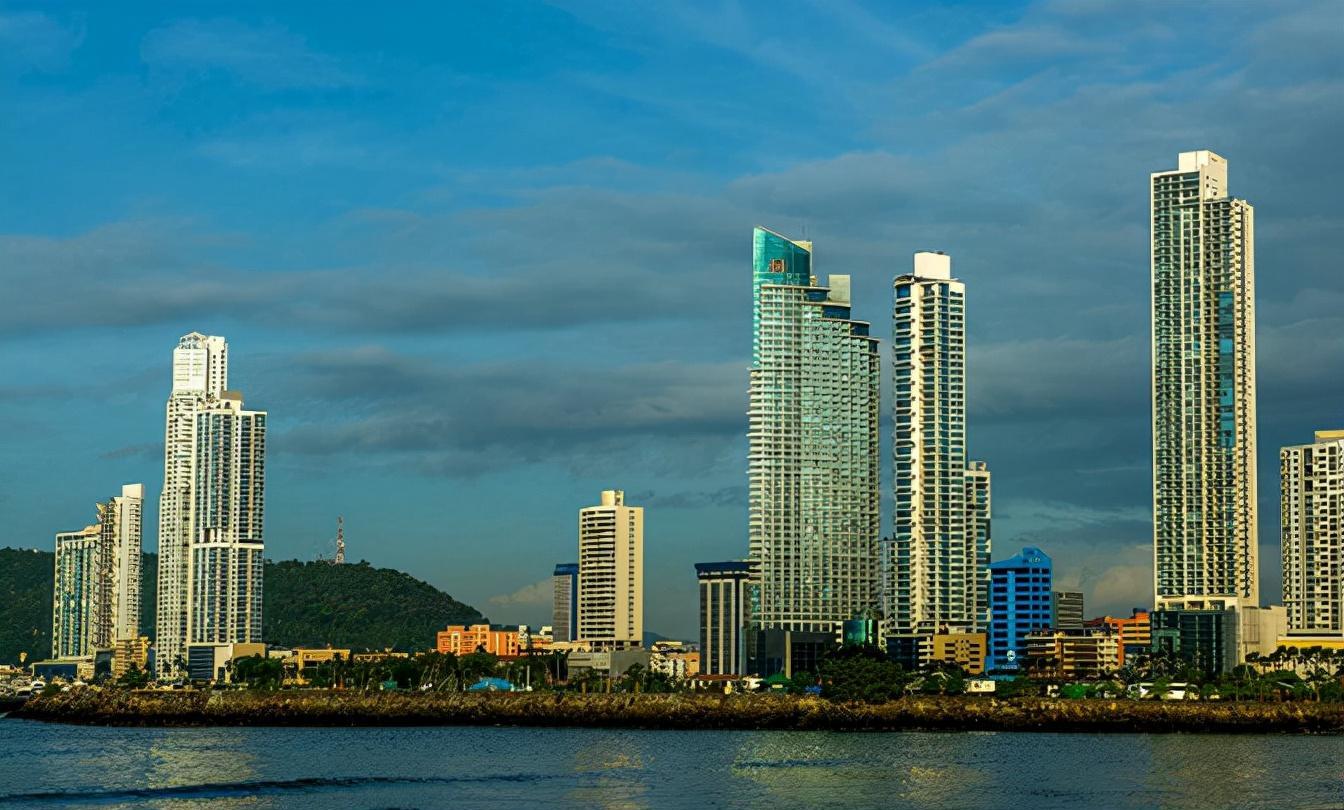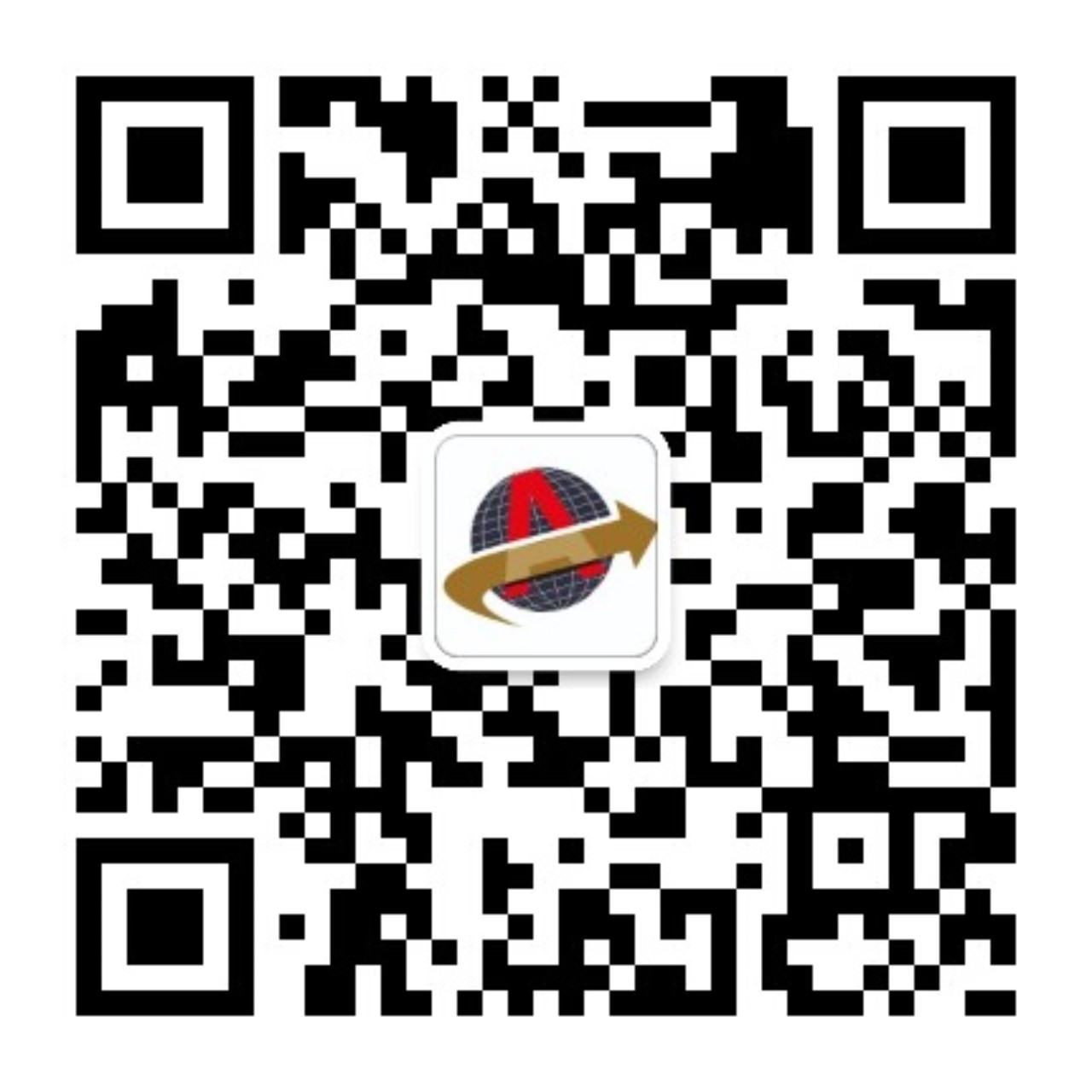Panama Cologne Free Trade Zone

The Panama Colon Free Trade Zone is located at the mouth of the Panama Canal in the Atlantic Ocean and is the largest free trade zone in the Western Hemisphere. It is also the second largest transit hub in the world, second only to Hong Kong, China. This free trade zone was established in 1948 and is located in the northeast of Cologne, the second largest city in Panama. The initial area of the zone was 49 hectares, but it has now expanded to nearly 800 hectares.
Geographical location and historical background
The Cologne Free Trade Zone is located at the mouth of the Panama Canal in the Atlantic Ocean, with a superior geographical location, and is an important hub connecting the Atlantic and Pacific Oceans. Its advantageous geographical location makes the region an important center for international trade and transit trade.
Main functions and policy advantages
The main functions of the Cologne Free Trade Zone include logistics and simple processing such as goods warehousing, packaging, assembly and processing, as well as duty-free retail business. Free import of goods within the area, without quota restrictions, and without paying import taxes; Transit goods are also exempt from taxation. In addition, products exported by enterprises within the region to the United States and Europe are not subject to quota restrictions and enjoy preferential tariffs.
Trade data and impact
The annual trade volume of the Cologne Free Trade Zone has exceeded 5 billion US dollars, and the transit trade volume is nearly 10 billion US dollars. In 2006, its total annual trade volume exceeded the $14 billion mark for the first time, reaching $14.56 billion. In 2012, the total trade volume for the year reached 29.165 billion US dollars. The operating cost of the Cologne Free Trade Zone is only a quarter of that of Miami, attracting a large number of transit merchants and investors.
Success factors and future prospects
The success of the Cologne Free Trade Zone is mainly due to its specialized legislative guarantees, good management system, and superior geographical location. These factors have made the region an important global transit center, driving the development of Panama's economy. In the future, the Cologne Free Trade Zone is expected to continue to leverage its advantages and further promote international trade and economic development.
The Colon Free Trade Zone in Panama is the largest free trade zone in the Western Hemisphere and the world's second largest duty-free trading port after Hong Kong, China. The Cologne Free Trade Zone is located at the mouth of the Panama Canal in the Atlantic Ocean. It was founded in 1948 and covers an area of nearly 800 hectares. It has more than 3000 registered companies, over 30000 employees, and an annual trade volume of nearly 30 billion US dollars. Economic activities create value that accounts for about 7% of Panama's GDP.
economic activity
The economic activities of the Cologne Free Trade Zone mainly include transit trade, warehousing, packaging, assembly and processing, display, and duty-free retail. In the early days, the main focus was on transit trade. With the diversification of industrial types, the area presented a business pattern of coexistence of "storage areas" and "commercial areas". The storage area mainly engages in transit trade, while the commercial area is engaged in display and duty-free retail business.
Geographical location and policy advantages
The Cologne Free Trade Zone is located at the mouth of the Panama Canal in the Atlantic Ocean, with a superior geographical location, free import of goods, no quota restrictions, and no import taxes paid; Goods can also be re exported freely without paying taxes. Enterprises within the region are not subject to quota restrictions and enjoy preferential tariffs when exporting to the United States and Europe. In addition, the Panamanian government has developed a comprehensive set of laws and policy measures to meet the needs of the free trade zone, such as tax-free bank deposits, no foreign exchange controls, and freedom of profit remittance and remittance within the zone.
Trade data and major commodities
The annual trade volume of the Cologne Free Trade Zone exceeds 5 billion US dollars, and the transit trade volume is nearly 10 billion US dollars. The main imports are from Asia, especially Chinese Mainland (including Hong Kong), Taiwan, China, the United States, Japan, etc. The export markets include Venezuela, Colombia, Ecuador, Panama, Guatemala, Mexico, Costa Rica, the United States, Cuba, Brazil, and other places.
Infrastructure and Future Development
The infrastructure of the Cologne Free Trade Zone is well-developed, with well-developed logistics and simple processing industries. Despite the overall economic downturn in Latin America in recent years, the Cologne Free Trade Area has maintained a high economic growth rate.

